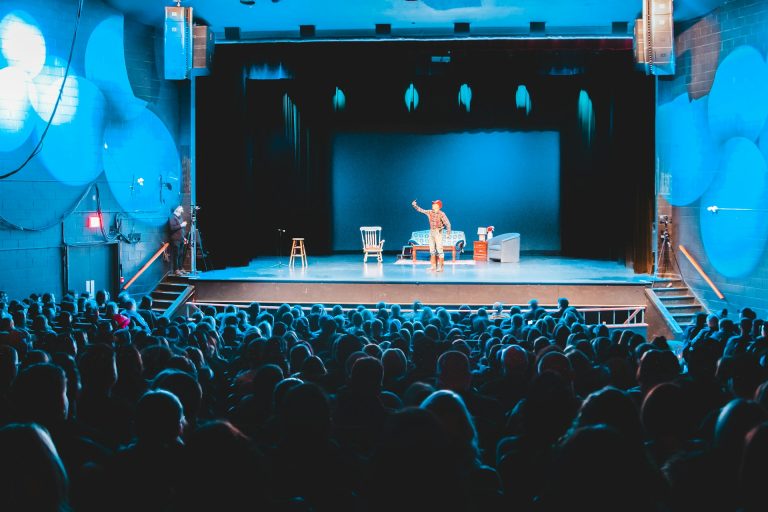
With so much bad news coming from the media and anywhere else you look, it’s very hard to find the silver lining in all of this. The bad news is that we have never as a society been through something as challenging as this. Fortunately, there are several people who have not only been lucky enough to survive something like this, but have also been able to thrive afterwards.
This is the plan of real estate developer Brosnan C. Hoban. “It is important that we are prepared to navigate this new landscape, and then be prepared enough to find opportunities which help our business thrive.” What has been true, and will continue to be so long into the future, is that luck is where preparation and opportunity meet.”
Living in Unlucky Times
According to a recent article from theguardian.com , unemployment claims in the US has risen to about 3.3 million, eclipsing the record of 695,000 set in 1982. The projections are that unemployment could jump from 3.6% to nearly 20% by mid April. Fortunately, the US government has put aside its bipartisan differences just in time to put together a $2 trillion stimulus package. This includes grants and loans to businesses as well payments to taxpayers. With this influx of money into the economy, this is where the savvy entrepreneur needs to look to invest their money and come out ahead after this devastating situation ends.
Learning from the past
Again, we haven’t experienced anything this bad since the Spanish Flu (Influenza outbreak) of 1918. The closest thing that has happened since is the SARS scare of 2007. However, what we can do is learn is look at how the world and US markets responded afterwards. The “Asian Flu” of 1957-1958 caused 2 million deaths globally and about 70,000 deaths in the US. SARS lasted from November 2002 to July of 2003. A total of 8,098 people became sick and of these, 774 died. It is calculated that SARS cost the global markets about $40 billion. Currently, the US has surpassed 104,000 cases with 1,709 fatalities. This means that the markets are going to be harder hit and for a longer time than they did with SARS or the Asian Flu. For the Spanish Flu, over 675,000 fatalities in the US, and 40 million people worldwide. However, because the ability to calculate the economic impact is much more difficult to find, it’s nearly impossible to calculate what an event this large had on the world. Needless to say, there are other similarities that need to be taken into consideration.
Déjà vu all over again
Although the influenza pandemic occurred nearly 90 years ago, there have been several striking similarities to the 1918 pandemic and that of what we’re experiencing now with COVID-19. According to one researcher: “Spanish influenza moved across the United States in the same way as the pioneers had, for it followed their trails which had become railroads…the pandemic started along the axis from Massachusetts to Virginia…leaped the Appalachians…positioned along the inland waterways…it jumped clear across the plains and the Rockies to Los Angeles, San Francisco, and Seattle. Then, with secure bases on both coasts…took its time to seep into every niche and corner of America.” Now, Pennsylvania had a higher number of cases than any other state largely due to the fact they decided against a St. Patrick’s Day parade which resulted in a much larger infection rate than other states. People in higher populated areas had more infections than people in less populated areas. However, because of improved connectedness since 1918 (air travel, highways, transportation of goods), rural areas are now more susceptible to contamination. Social distancing was first introduced during this period as well. Also during the flu, churches, schools, restaurants and other service industries were closed to stop the spread of the disease.
Returning to the new “normal”
After each of these catastrophic events, there was a strong drive to return to normalcy. The stock markets improved, schools and businesses reopened, and the jobless rate went down. The areas that took the hardest hits were the service and entertainment industries. Businesses which improved the most during the outbreak were businesses that specialized in beauty and health care products, as well bed and mattress suppliers. Also, as fewer people were able to return to work, average wages increased. During this crisis, many Americans have had to get used to tele-commuting as well as depending on deliveries for groceries, packages, and eating out.
As things transition back, many more people will adopt this process as their new normal. Hoban points out, “As millennials, we are already used to using technology to support our purchases.” Another impact for the real estate developer is a decrease in the need for commercial rentals. As businesses and their employees become more accustomed to tele-commuting, there are strong indications of a glut in office space rentals. Before COVID-19 hit, there was a high demand for office space as well as residential properties. This presents an interesting opportunity for landlords looking to find tenants to fill office spaces, as well as being able to push higher end residential houses now that employees may no longer need to commute to work.
Thriving In A Difficult Market
“Although many people are choosing to maintain their cash position during these types of crises, there are those who are looking to liquify assets, as well as those looking to strengthen their holdings,” Brosnan tells us. The key is to focus on what Hoban calls “operational resilience”. “What that means is being able to continue to conduct business in spite of restrictions placed by social distancing and other government restrictions.” So where can one look for viable investment opportunities? Commercial real estate should see a “guarded boom”. With the demand for goods high and the lack of labor available, there could be a boost in demand for logistics space.
According to a report by JLL, titled COVID-19: Global Real Estate Implications, “In the longer term this outbreak and the anticipation of future shocks may accelerate the use of automation and robots in operations. Specifications of buildings and their locations would be impacted: highly automated buildings may be taller but smaller in terms of their building footprint and require less land for car parking. Labor may become a less important location factor compared with power.” Also, because of the severity of outbreaks in urban areas, there will be an increased interest in suburban properties. Lastly, as offices and residences are more dependent on technology and connectivity, it is imperative that the properties are designed with the infrastructure and power needs of the client.
There is no way of knowing how this pandemic will affect commercial real estate markets in the short or long term. However, by looking back at history, and looking in the present at evolving practices, one can make a pretty good prediction as to what the future may hold.
Brosnan concludes, “No matter what happens from here on out, I plan on getting lucky.”




